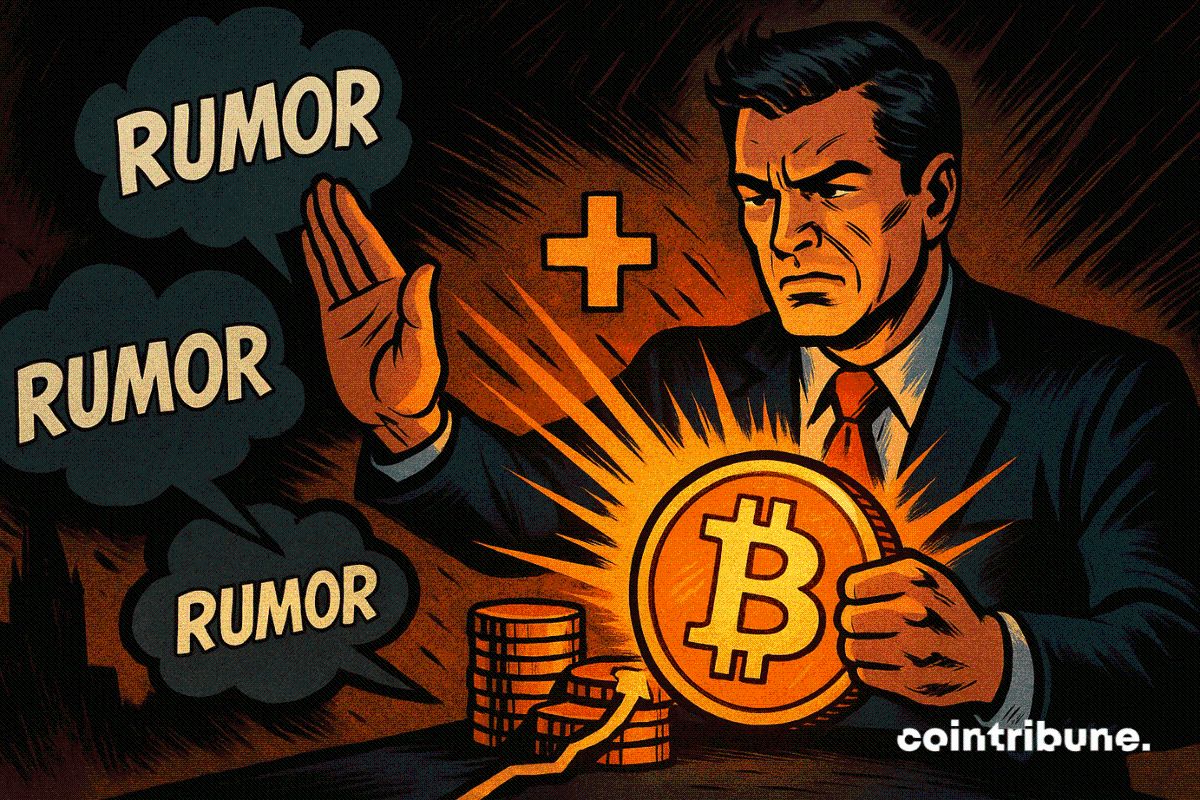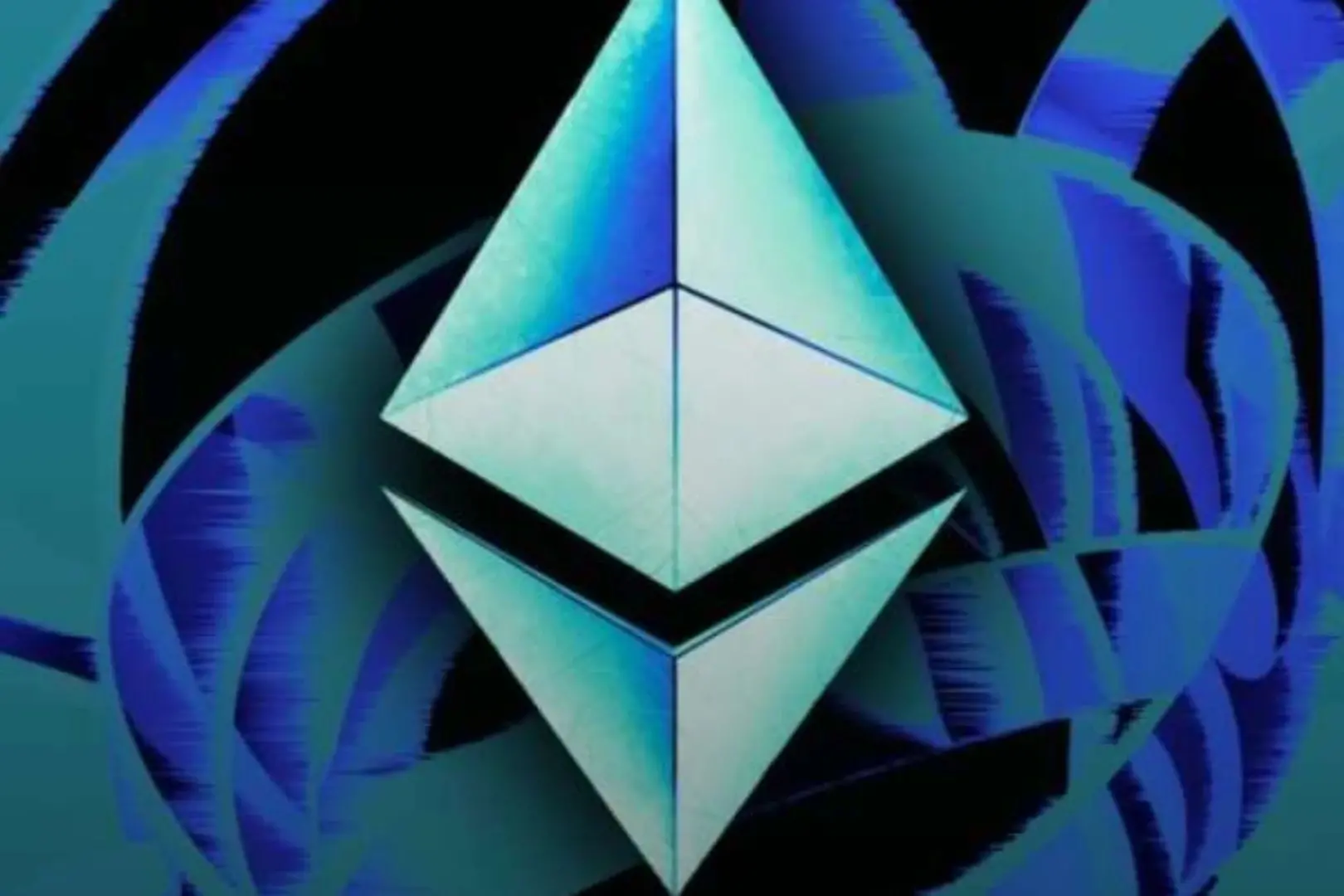Sovereignists vs. Globalists: Why blockchain’s lasting promise is sovereignty
 2025/06/29 14:57
2025/06/29 14:57The following is a guest post and opinion from Adrian Brinkn, Co-Founder of Anoma and Namada.
Decentralization is the most misunderstood word in the blockchain industry. It’s become a dogma, a checkbox, and a marketing slogan. But decentralization is not the prize; it’s just a tool. The real goal is not decentralization; it’s sovereignty—the practical ability for individuals and communities to control their own infrastructure, assets, and data on their own terms, without being forced to trust some distant cartel of validators or a global network that can be captured, censored, or simply go offline. That is fundamentally why this space exists.
Right now, we’ve built these massive global networks—Ethereum, Bitcoin, take your pick—that are supposed to be trustless and unstoppable. But in reality, we’re just shifting trust from banks and states to a single global validator set. Even if the network is decentralized, relying on a singular network is not.
That is a core tenet in the global misunderstanding of what decentralization means. It is not just the decentralization of a singular network, but rather it is a plurality of decentralized networks.
The Limits of Global Networks and the Illusion of Trustlessness
It may not be a popular opinion, but I believe it to be apparent that the Bitcoin network will not survive a WWIII scenario.
If you can’t run your own infrastructure, if you can’t transact or coordinate when the global network is down or hostile, you’re not sovereign. You’re just renting sovereignty from someone else who is in charge of maintaining it. A blockchain you can’t deploy locally is not actually sovereign. If your community, DAO, or even your country can’t keep its own system running when the cables are cut or the global network is captured, then all the decentralization in the world is just theater.
Truly sovereign networks need to be resilient, meaning that they can be run as local as required and as global as possible.
In order to achieve this, we need infrastructure that defaults to local sovereignty and only uses global consensus when it actually makes sense. In a multipolar world—or just a world where the internet breaks or is shut down when the cables are cut by a hostile actor—you want your local economy, your organization, and your community to keep operating. If the global network is gone, you shouldn’t lose access to your assets, your coordination tools, or your ability to transact.
This is not some doomer fantasy; things have and often do go wrong. Digital infrastructure should be conflict-resistant by design, not just by hope. If you’re forced to rely on a single global network to keep your systems alive, you’re just one step away from the same old centralization—just with more cryptography.
The way most people use Ethereum today is dangerously close to a “one world government” for crypto. Everyone’s assets, identities, and governance are tied to a single global machine. That’s a huge attack surface, both technically and socially. It’s also the opposite of what we want: a world where communities can define their own rules, their own security assumptions, and their own trust models. We need heterogeneous trust.
Not every application, not every community, wants or needs to trust the same set of validators or the same governance process.
Sovereignty Means Owning Your Stack
If there’s one thing the last decade has taught us, it’s that digital infrastructure is fragile. Hacks, government overreach, regulatory capture, and even plain old technical failures can take down systems we thought were “unstoppable.” The only way to build systems that survive is to make them resilient by default. That means you should be able to run your own infrastructure, even if the rest of the world is offline. You should be able to interact with global networks when you want, but never be forced to trust them with your core operations.
If your data is public, it’s not yours. Privacy isn’t a luxury—or at least it shouldn’t be. It is, however, a prerequisite for sovereignty.
Why should a DAO in Buenos Aires or a co-op in Berlin have to trust the same validator set as everyone else? Sovereignty means picking your own trust model. Maybe you want to use local validators you know and trust. Maybe you want to federate with other communities. Maybe you want to run solo. The point is, you get to choose. Not some politician or founder, not some foundation, and not a cartel of validators on the other side of the world.
We’re already seeing communities experiment with local currencies, DAOs, and governance models that fit their own specific needs. This is the future: a patchwork of sovereign systems, interoperating when it makes sense, but never forced into a single global mold. If the global network goes down, your local economy keeps humming. If the global network gets captured, your community doesn’t lose everything.
True sovereignty means owning your stack, your rules, your destiny.
If we want blockchain to achieve the goals we all hope it can in the long run, we need to stop worshipping decentralization for its own sake and start building for sovereignty. The future isn’t a single global ledger. It’s a world of sovereign actors—individuals, communities, organizations—each with the power to define their own fate. Decentralization is the tool. Sovereignty is the goal.
Let’s build for sovereignty.
Disclaimer: The content of this article solely reflects the author's opinion and does not represent the platform in any capacity. This article is not intended to serve as a reference for making investment decisions.
You may also like
Crypto: The Fear Index Drops to 10, But Analysts See a Reversal

Uniswap Labs Faces Pushback as Aave Founder Highlights DAO Centralization Concerns

Ethereum Interop Roadmap: How to Unlock the “Last Mile” for Mass Adoption
From cross-chain to "interoperability," many of Ethereum's fundamental infrastructures are accelerating towards system integration for large-scale adoption.

A $170 million buyback and AI features still fail to hide the decline; Pump.fun is trapped in the Meme cycle
Facing a complex market environment and internal challenges, can this Meme flagship really make a comeback?
